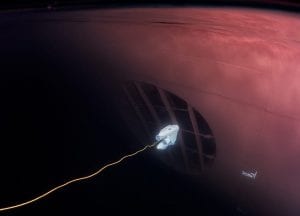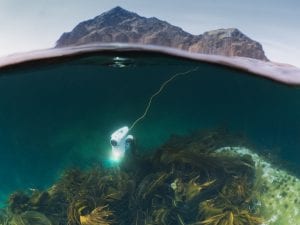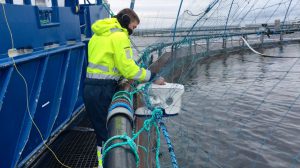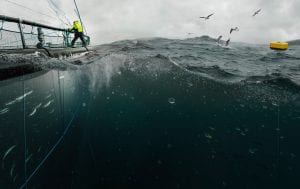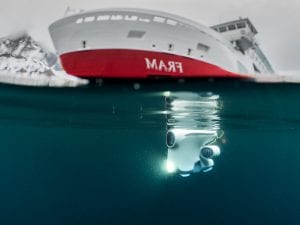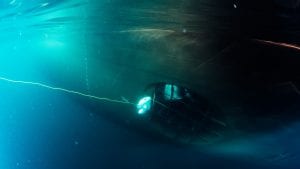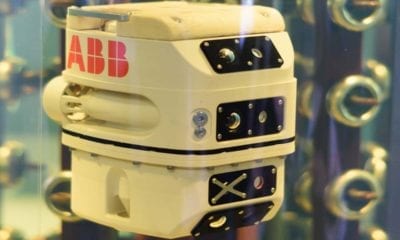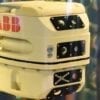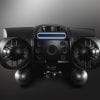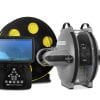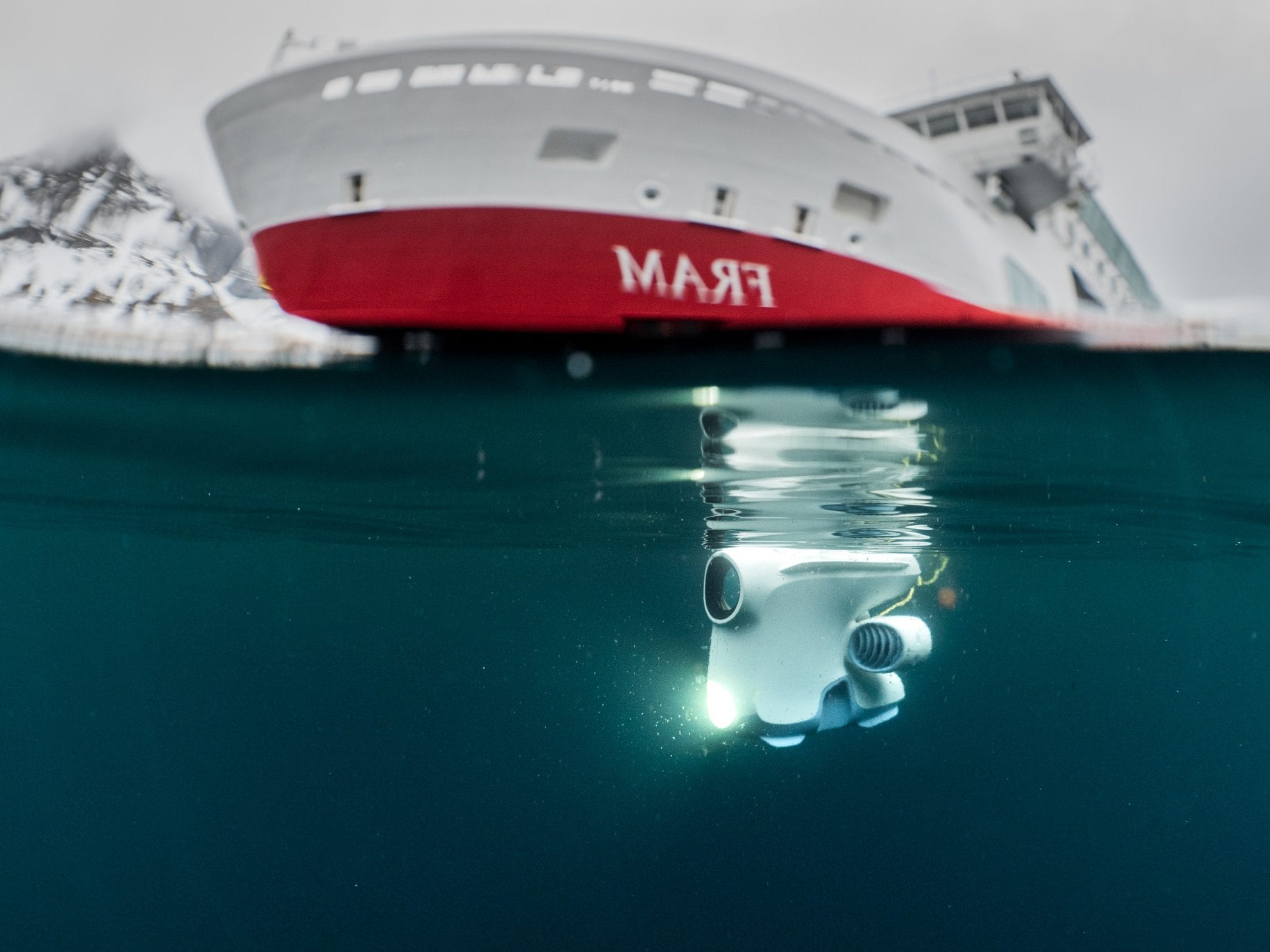
News
Blueye Pioneer Underwater Drone: A Disruptive Entry into the ROV World
Strolling on the beach one morning expecting to pick shells, all that Christine Spiten came across was plastic and rubbish. It moved her to the extent that she went ahead and set up Blueye Robotics in 2015. Spiten says “The greatest bottleneck researchers’ face today is access to data which allows them to create models and say something about what is happening.”
The idea translated into designing drones that become an underwater eye and provide information to help investigate the goings on under the water surface like the aquatic ecosystem and the effects of plastics and all kinds of pollutants. The aim being to increase the outreach of this awareness for making oceans healthier and cleaner to children, youths and adults alike, apart from providing crucial data to researchers.
Blueye has managed to get on board experts in the field who are also passionate about helping maintain healthy oceans. An eye in the deep blue as the Blueye underwater drone is being called is equipped with a camera and powerful lighting. The more advanced models will also have several sensors which can measure temperature, pH and other parameters which are important for understanding what is going on in the sea. “When plastic is washed up onto our beaches, it is important to pick it up. But it is equally important to find out what has sunk to the bottom, and removing it before it ends up in the food chain. The underwater drone can be our eye in the deep blue,” says Spiten.
Spiten was working as an intern at Kongsberg Oil and Gas. This was where she came in closer contact with the Norwegian University of Science and Technology in Trondheim (NTNU).“That’s where I met Erik Dyrkoren, the co-founder and CEO of Blueye. He shared my thoughts and ideas of making the seas more accessible, and to democratise the subsea space,” Spiten reveals.
- Blueye Pioneer Underwater Drone
They joined forces with two more researchers at AMOS (Centre for Autonomous Marine Operations and Systems) at NTNU launched Blueye Robotics in the autumn of 2015.
On her pilot project she embarked on a research expedition, joined by 13 other women and they sailed from Senegal to Brazil. They crossed the Atlantic and brought the first Blueye prototype with them to map marine pollution along the way.
“During the expedition we gathered data and took water samples which were later sent for analysis at the University of Georgia, to look into the link between marine pollution and human health. We were sailing between the two gyres, trawling the ocean surface for microplastics, taking water samples. We used Blueye’s underwater drone to film what we saw – especially along the coast of Brazil.”
With the sustainability goals at the core Spiten reveals, “Blueye covers at least four of the UN sustainability goals: namely-protecting marine resources, making Blueye an educational tool; help provide clean water and good sanitation, because there are many areas where Blueye can measure water quality, and to achieve all this by creating good partnerships.”

